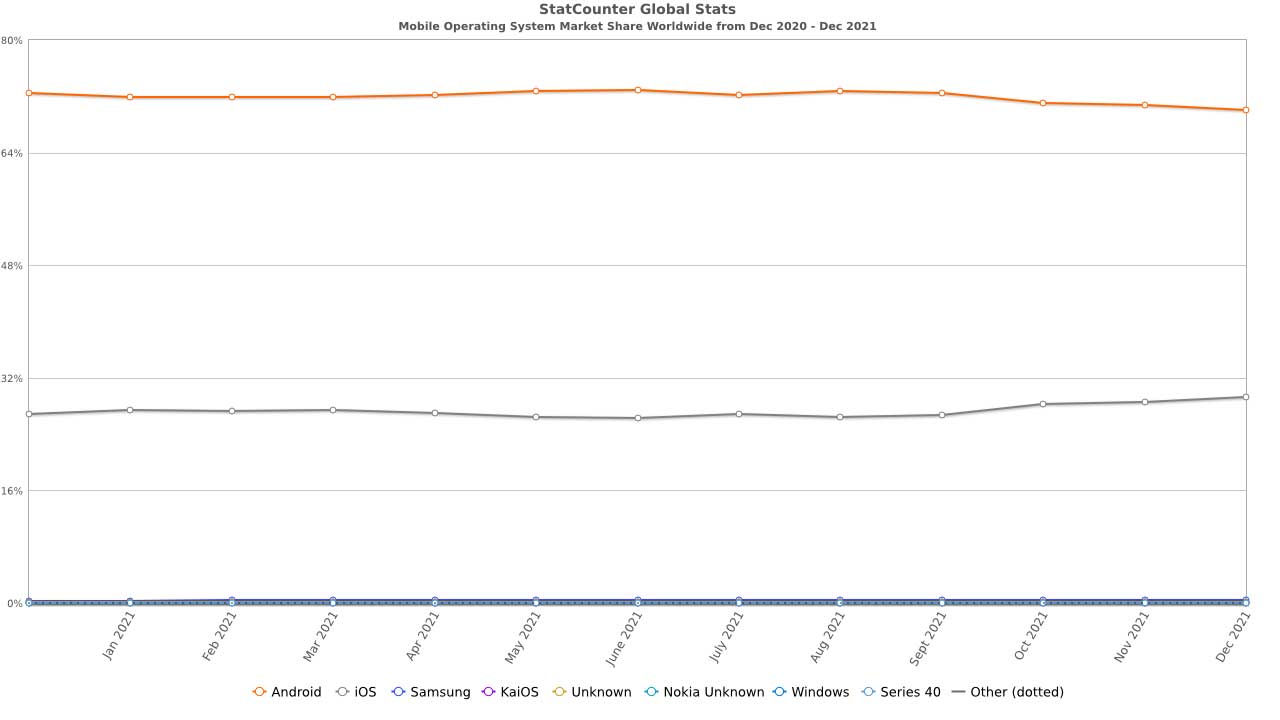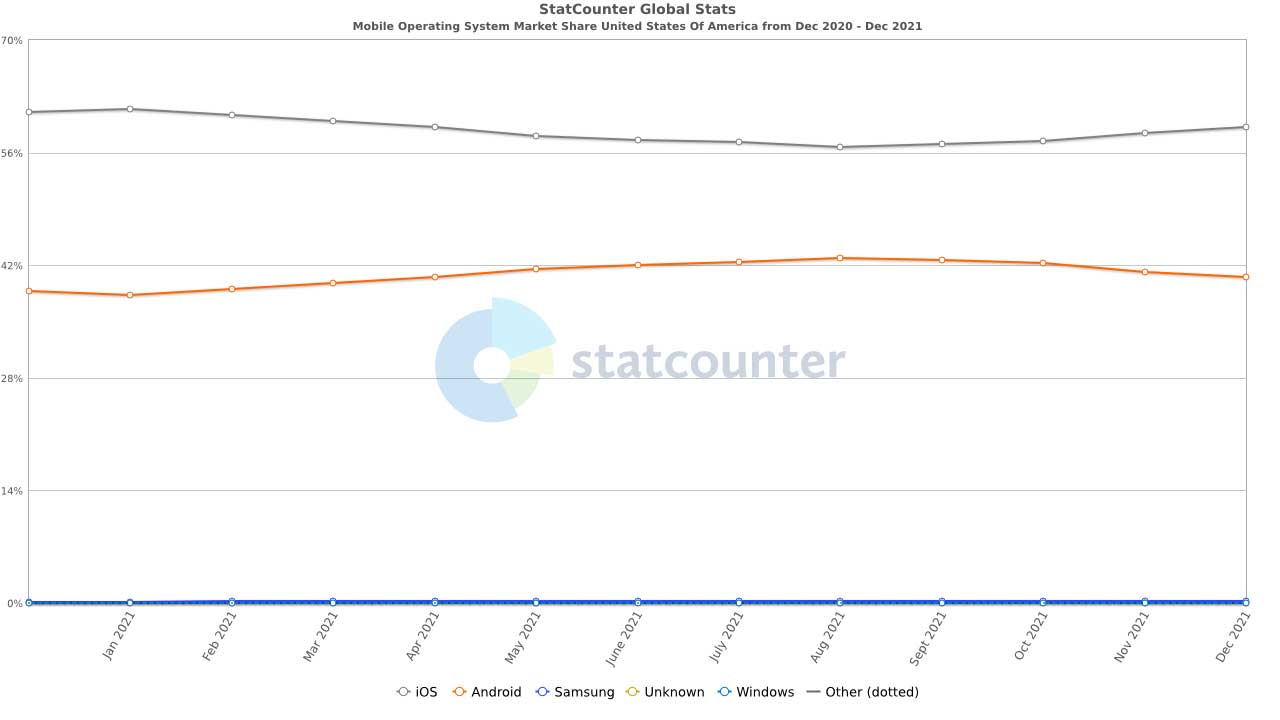Why It’s Worthwhile to Properly Manage Apple Maps Listings
 Apple Maps: A Brief History
Apple Maps: A Brief History
Apple Maps was officially released in September of 2012, and many of us, of course, remember the high level of negative exposure that it received after the release. The criticism was not isolated to within the martech industry but extended across the entire mobile device consumer audience in the US. Apple then did something that’s not all that common, they admitted their mistake and asked for a do-over.
Creating Competition for Google Maps
Since then, small businesses, multi-unit brands and franchise systems have been pondering the questions: How important is Apple Maps to driving business growth? and What level of resources should we be dedicating to Apple Maps for managing our location data? And universally, the answers to those questions have been somewhat murky. After all, Google had a 7-year head start on Apple, plus years of development prior to the Google Maps release in 2005. With such a strong advantage in being first to market and plenty of time to learn and improve along the way, why would consumers really make the move over to Apple? And, if consumers aren’t going there, then why dedicate resources to effectively managing business data there? Well, since Apple’s infamous do-over, they have been steadily plodding ahead in making Apple Maps a worthy competitor to the Google Maps application.
When you compare features and functionality between Apple Maps and Google Maps, where Google has just had longer to get better, Google still comes out on top in most categories. However, many experts agree that Apple has caught up in many ways. The same applies for location data management on the two mapping applications: Google’s business facing bulk management capabilities for location data are best in class, but Apple has made notable improvements along the way.
Apple Maps Data Management
We have had the privilege of working closely with both Google and Apple over the years in testing API technologies, providing feature feedback and managing millions of location data points for brands across all different verticals, so we can effectively say that the location data management side of Apple Maps still has a long way to go. It’s not a simple process to manage the data, primarily for the following reasons:
- There are no APIs in place for location data
- Location data translation for ingestion into Apple JSON must be processed
- Data evaluation and scrubbing processes are in place for all Apple Maps Data Partners – and they are extensive
- Apple Business Listing specifications change frequently
- Apple category mapping is necessary ongoing for updated vs deprecated taxonomies
- File transfer systems require upkeep and security
- Ongoing data updates take resources
The Business Case
For the CMO or CTO at a franchise brand, these processes might be deterrents, but overcoming them is definitely worth the effort. According to GSStatCounter, Mobile OS market share globally for Apple is at about 30%, and Mobile OS market share for Apple iOS in the US is as high as 60%:

 Many iPhone users don’t necessarily notice the difference as to whether they are using Google Maps or Apple Maps, they simple click on the native mapping application on their device and become accustomed to its functionality. Whereas others, who have come to appreciate Google Maps, will actively download it on their phone and use it instead of Apple Maps. Since Apple Maps does not release any map usage data, currently the best we can do to gauge overall user reach is looking at operating system market share. Based on that, it’s clear that spending time and money to ensure your location data is accurately published and updated ongoing on Apple Maps is a simple business case to make. So, go ahead and make the argument for budget approval for comprehensive Apple Maps location data management, and if anyone disagrees, just say, “60% US mobile market share!” and that should do the trick.
Many iPhone users don’t necessarily notice the difference as to whether they are using Google Maps or Apple Maps, they simple click on the native mapping application on their device and become accustomed to its functionality. Whereas others, who have come to appreciate Google Maps, will actively download it on their phone and use it instead of Apple Maps. Since Apple Maps does not release any map usage data, currently the best we can do to gauge overall user reach is looking at operating system market share. Based on that, it’s clear that spending time and money to ensure your location data is accurately published and updated ongoing on Apple Maps is a simple business case to make. So, go ahead and make the argument for budget approval for comprehensive Apple Maps location data management, and if anyone disagrees, just say, “60% US mobile market share!” and that should do the trick.
In terms of the backend, multi-location data management functionalities are advancing rapidly enough to truly get closer to Google Business Profile bulk management capabilities. There are, however, a few things we would like to see occur:
- Apple Maps consumer Usage Data released
- Map Location data Publishing Verification
- User Analytics / Behavior Insights metrics provided (and accessible via API)
- API Ingestion functionality for maps Location Data
With Apple dedicating resources to their new Ratings functionality, they are effectively beginning the process of tapering off Yelp Reviews over time. We see this as a good indicator that there are further updates afoot and look forward to a big year of progress for Apple Maps.[/vc_column_text][vc_separator][vc_column_text]
 Location3 is a verified Apple Maps bulk data distribution partner. Learn more.
Location3 is a verified Apple Maps bulk data distribution partner. Learn more.
Stay In Touch.
Subscribe to our monthly email newsletter.
